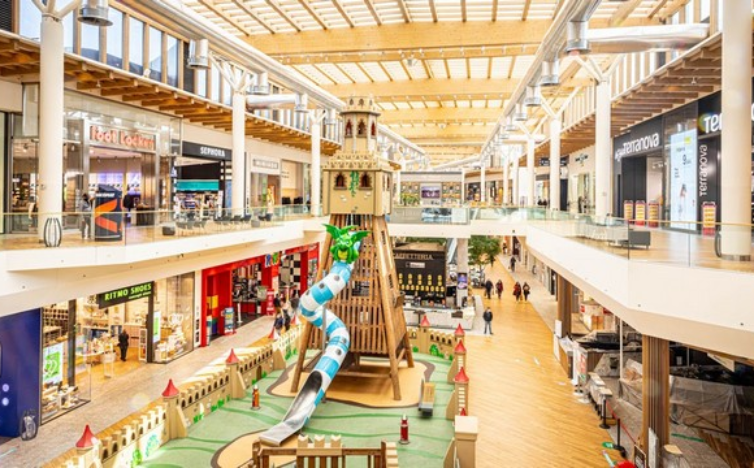Noise is an often-overlooked factor in the shopping experience, yet it plays a significant role in shaping consumer behavior. From the volume of background music to the hum of chatter in a store, noise can influence how shoppers perceive products, make decisions, and even how much they spend. This article explores the science behind how noise influences shopping habits and what retailers can do to create a more appealing environment.
The Psychology of Noise in Retail Spaces
Noise levels can directly impact a shopper’s mood and cognitive processes. Studies have shown that moderate noise levels can enhance creativity and encourage impulse buying, whil e excessive noise can lead to stress and quicker decision-making, often resulting in fewer purchases. For example, upbeat music at a moderate volume can create a positive atmosphere, making shoppers more likely to explore and spend. On the other hand, loud or chaotic environments can overwhelm customers, driving them to leave sooner.
e excessive noise can lead to stress and quicker decision-making, often resulting in fewer purchases. For example, upbeat music at a moderate volume can create a positive atmosphere, making shoppers more likely to explore and spend. On the other hand, loud or chaotic environments can overwhelm customers, driving them to leave sooner.
How Noise Affects Decision-Making
Noise can alter the way shoppers process information. In quieter settings, consumers tend to take their time, carefully evaluating options and making more deliberate choices. In contrast, noisy environments can lead to faster, less thoughtful decisions. This is particularly evident in crowded stores or during sales events, where the combination of loud music and chatter can push shoppers to make hasty purchases or abandon their carts altogether.
The Role of Music in Shopping Behavior
Music is a powerful tool in shaping the shopping experience. Retailers often use carefully curated playlists to influence customer behavior. Slow-tempo music can encourage shoppers to linger, increasing the likelihood of additional purchases, while faster tempos can create a sense of urgency, ideal for clearance sales. The key is to strike a balance that aligns with the brand’s identity and the desired customer experience.
Noise and Spending Habits
Noise levels can also impact how much shoppers are willing to spend. Research suggests that quieter environments are associated with higher spending, as customers feel more relaxed and less rushed. Conversely, noisy settings may lead to lower spending, as shoppers prioritize leaving the store over making additional purchases. Retailers can use this insight to design spaces that encourage longer visits and higher sales.
Tips for Retailers to Optimize Noise Levels
- Control Background Noise: Use soundproofing materials or white noise machines to minimize distractions.
- Curate Playlists: Choose music that matches the store’s vibe and target audience.
- Monitor Volume: Ensure music and announcements are audible but not overwhelming.
- Create Quiet Zones: Designate areas for shoppers who prefer a calmer experience.
Contact Muhammad Shaheen Carpentry at 971 55 219 6236, and discover the transformative science of soundproofing for your space.
Conclusion
Noise is a subtle yet powerful force in shaping shopping behavior. By understanding its impact, retailers can create environments that enhance the customer experience, encourage longer visits, and ultimately drive sales. Whether through carefully selected music or controlled noise levels, small adjustments can make a big difference in how shoppers perceive and interact with a store.


Add Comment